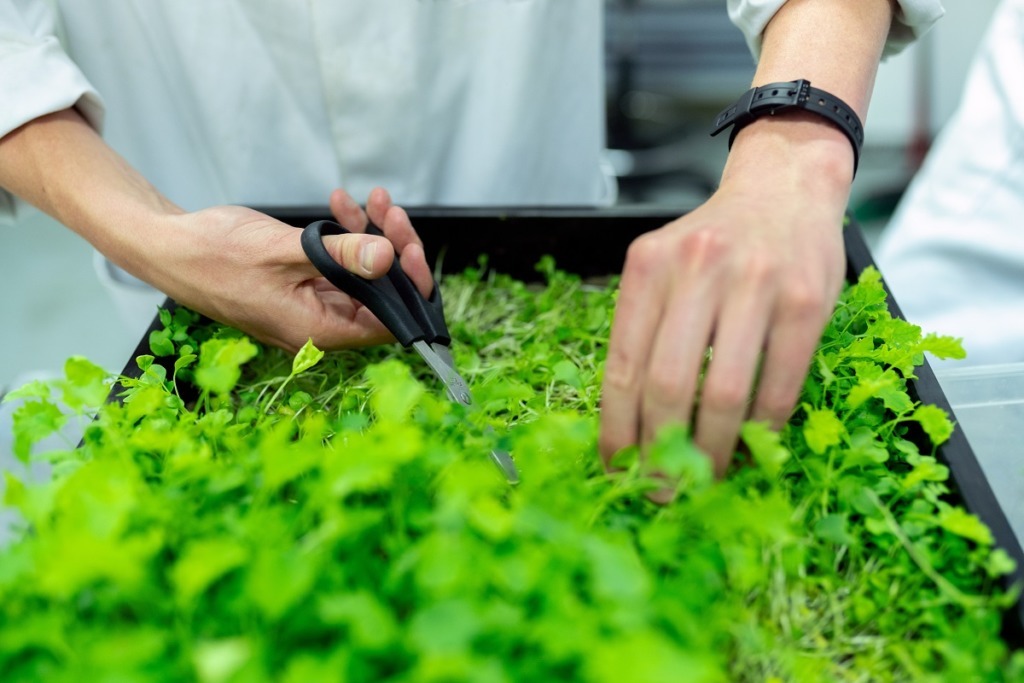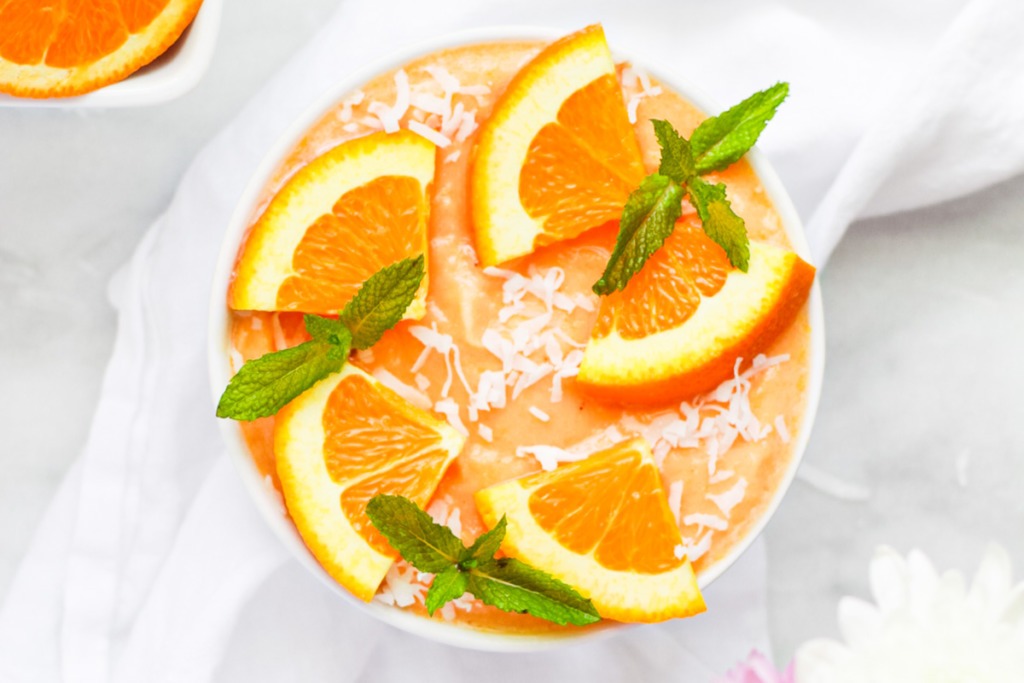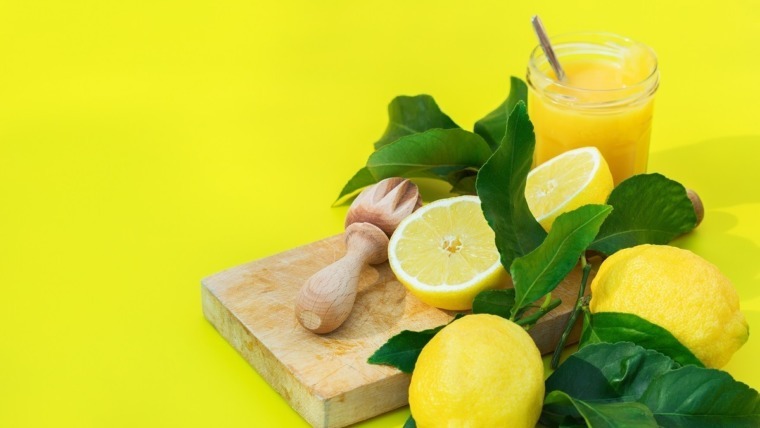Increasing Hydration Through Foods

Written by Kelsey Riley of Planted in the Kitchen
Whether it’s a hot summer day or a cold one in the middle of winter, it’s important for our bodies to stay hydrated. Of course, nothing replaces the direct effects of drinking a nice glass of water, but an easy way to keep your body hydrated through the day is to supplement your daily water intake with water-rich foods! Let’s discuss some delicious ways we can add more fluid into our days with the foods we choose to nourish our bodies with.
Benefits of Staying Hydrated
As stated by the Harvard School of Public Health, staying adequately hydrated helps our bodies by assisting them in proper organ functioning, regulating the temperatures of our bodies, preventing infections, and delivering essential nutrients to our cells. When we are efficiently hydrating our bodies, we can enjoy benefits such as improved sleep quality, mood, and cognition.
Though there are plenty of great reasons to drink more water, some of us still aren’t quite hitting the mark. Drinking water is one of the best and simplest ways to achieve your hydration goals. However, not everyone knows that the foods we eat contain different levels of water and can aid in hydration.
Hydrating With Foods
When you’re opting for foods with higher water content, fresh fruits and vegetables are a great starting place. Foods like melon, berries, citrus fruits, cucumbers, and tons of other fruits and veggies have incredibly high water content (many of these have a water content of above 90%).
Whether you’re choosing to enjoy these foods on their own, or pair them with other foods in a meal, they have a bunch of nutritional benefits, including aiding in hydration.
Hydrating During Meals
When planning your meals to obtain higher levels of water, it’s important to keep your meals balanced. You’ll want to make sure that while you have a focus on hydrations status, you’re still meeting your macronutrient requirements (carbohydrates, fats, and proteins).
Some of my favourite water-rich items to include at mealtime are as follows:
- Vegetable broth-based soups
- Salads use greens such as kale, spinach, romaine, or other lettuces. Bonus points if your salad includes other forms of fresh produce such as tomatoes, cucumbers, apples, etc.
- Chilis and heartier stews with a base of either water or broth
- Smoothies with water or nut milk liquid base
Hydrating During Snacks
As discussed above, adding fresh produce (fruits and vegetables) to your diet is an excellent way to increase your daily water intake through foods. That’s one of the top reasons I like to eat fruits and veggies at snack time. Pair them with some nuts or seeds to balance out your other macronutrients and ensure that you’re getting enough protein at the same time.
Examples of some of my favourite water-rich snack items are as follows:
- A fresh apple sliced with 2 tablespoons of peanut butter or almond butter
- Celery, carrots, cucumbers (or any other fresh vegetables) dipped in hummus
- A smoothie with nut milk or water as a liquid base, and filled with fresh berries, fruits or vegetables, and nut butter.
Foods That Contribute to Dehydration
While there are many foods and beverages that can help us increase our levels of hydration, there are also foods and drinks that might contribute to dehydration and might work against your hydration goals.
Some drinks that can contribute to dehydration are beverages high in added sugars, caffeine, or alcoholic beverages. This would include things like soda and processed juices, some coffees or teas, energy drinks, beer, wine, and any other drink that contains alcohol.
Food items that can contribute to dehydration include fried foods, overly processed or salted foods, and frozen meals.
It’s important to remember that these foods and beverages can still be enjoyed in moderation, but if your goal is to work on staying hydrated, you might want to trade some of these foods in for options with higher water content.
I believe strongly in the many benefits of eating a whole food plant-based diet. The hydration/water content and benefits from eating these types of foods can have a lasting positive impact on your body and health. Of course, before making any type of dietary change, be sure to consult with your primary care doctor and/or a registered dietician so that your individual needs can be addressed.
Recipe

Orange Smoothie Recipe
Equipment
- 1 food processor
Ingredients
- 1 orange - frozen
- 1 banana - frozen
- ½ cup pineapple - frozen
- 1 cup almond or oat milk
Instructions
- Combine all ingredients in a high-speed blender and blend until the smoothie is smooth and creamy.
- Transfer to a cup or a bowl, add your favorite toppings, and enjoy!
Increasing Hydration Through Foods Increasing Hydration Through Foods



